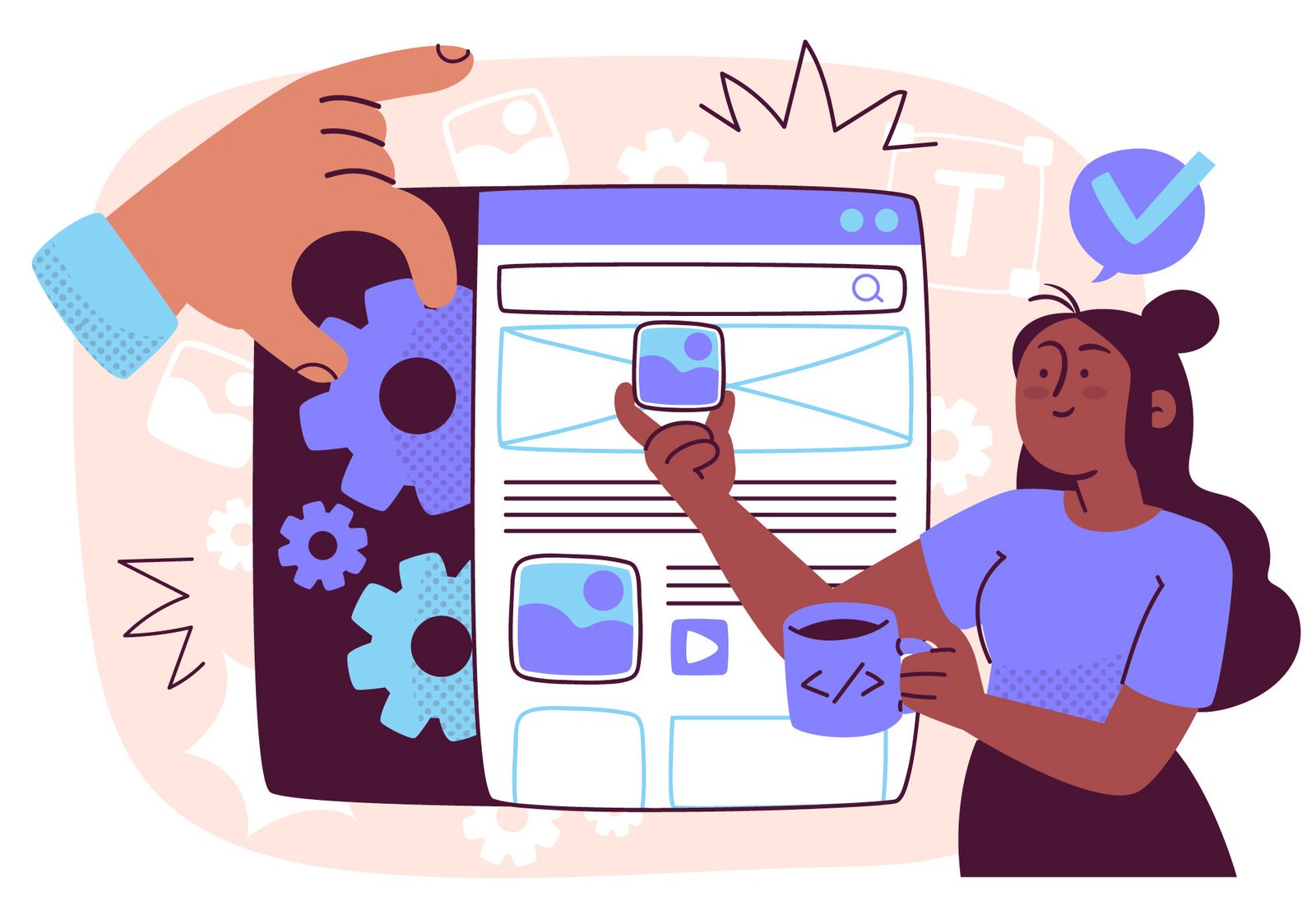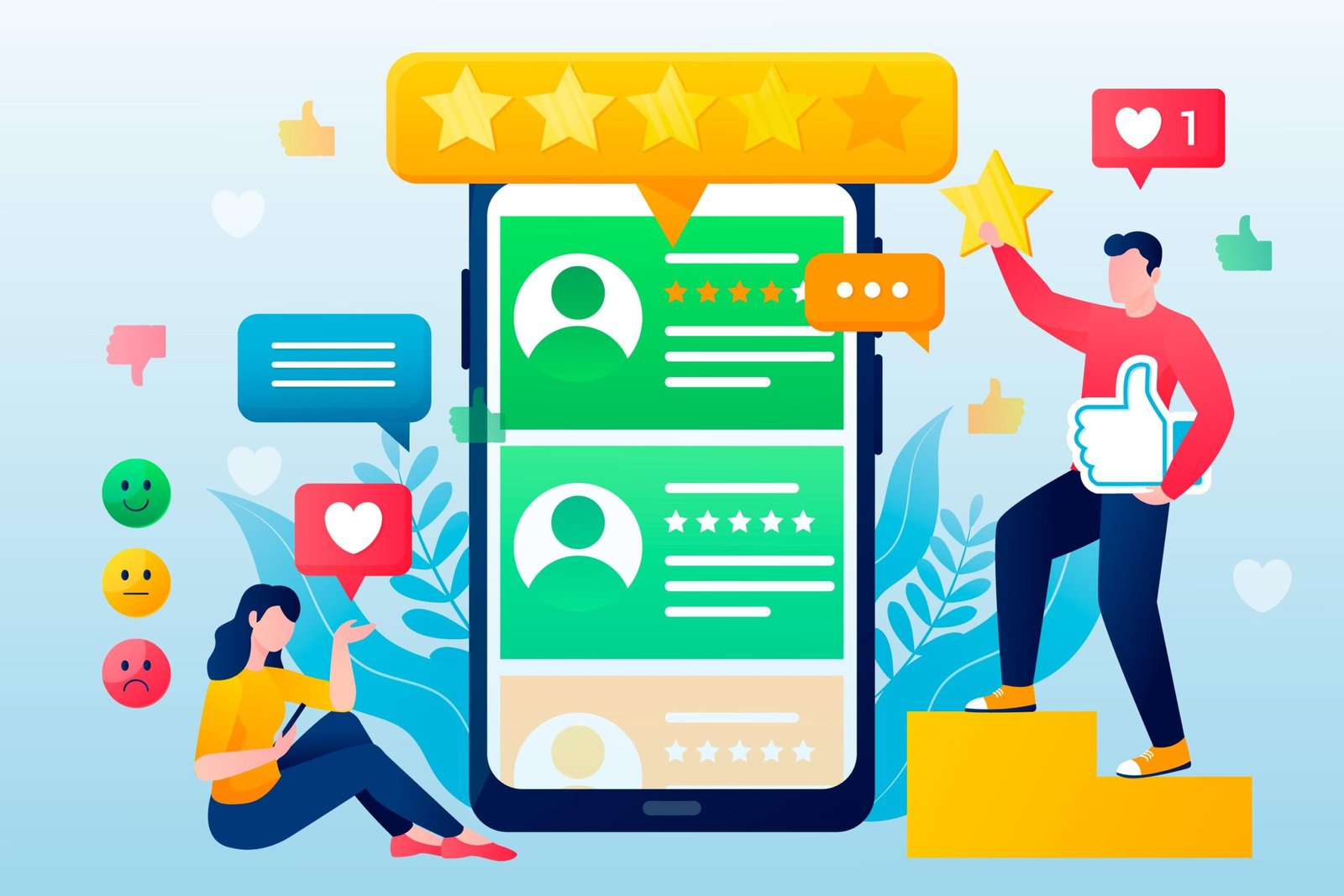UGC stands as one of the most powerful assets in a modern marketer’s toolkit in 2025. This piece shows how authentic customer voices beat traditional advertising in every metric that matters—brands that use UGC in their strategies see 29% higher web conversions, 50% increased engagement rates, and their content creation costs drop significantly [73%].
People trust polished brand messages less and less, while peer recommendations stay strong. Brands must now move from just talking about products to showing real customers using them, turning passive audiences into active brand communities where customers feel valued.
Successful UGC needs a strategic approach, not random collection efforts. Smart brands create dedicated hashtag campaigns and run engaging contests, offering great incentives and keeping their community interaction steady. These efforts create an endless stream of authentic content that strikes a chord with potential customers.
Content placement matters just as much in the effective usage of UGC. Smart integration of UGC across product pages, social media, email campaigns, and retail displays creates multiple touchpoints that engage customers and encourage purchases. Authentic customer voices influence buying decisions at key moments during the customer’s trip.
UGC marketing will evolve as technology advances. All the same, its core value stays rooted in a timeless truth—people trust other people more than brands, and companies that welcome this reality build stronger connections. They promote loyalty and drive environmentally responsible growth in today’s skeptical marketplace.
Marketing’s future belongs to brands that amplify customer voices instead of talking over them—and UGC provides the perfect framework for this customer-focused approach that you can start implementing today.





